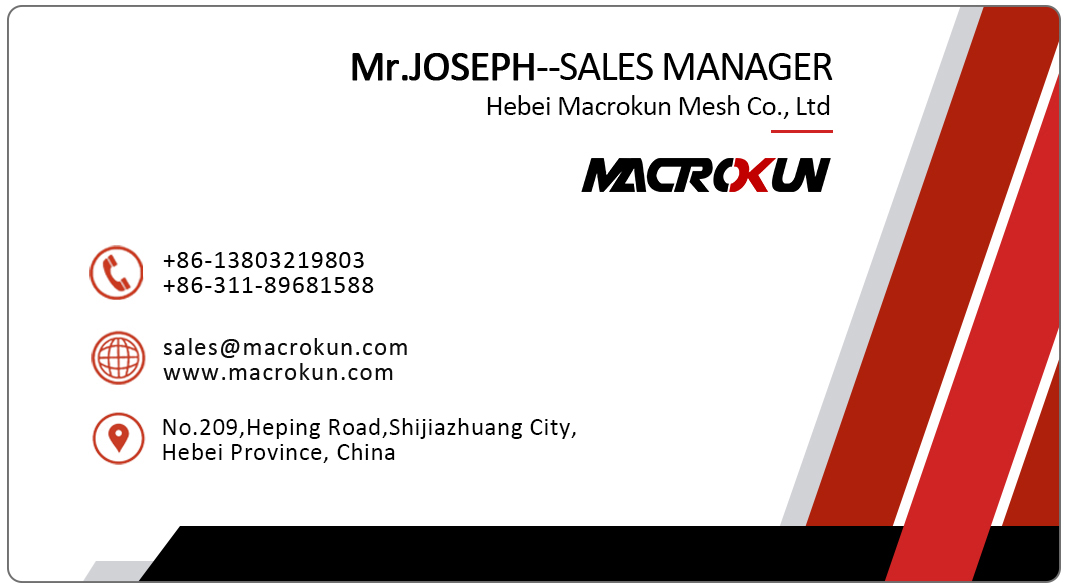Photosensitive adhesive direct plate process process:
Photosensitive adhesive direct plate process process: Brand: MACROKUN pretreatment drying gluing drying (35C-40C) exposure development drying revision closure Photosensitive adhesiveSpecific operations and precautions (A) Photosensitive adh
Photosensitive adhesive direct plate process process:
Brand: MACROKUN pretreatment → drying → gluing → drying (35°C-40°C) → exposure → development → drying → revision → closure

Photosensitive adhesive Specific operations and precautions
(A) Photosensitive adhesive
1. Add the photosensitive powder directly to the latex slurry and stir it evenly.
2, can be used after leaving for 4-6 hours to escape the bubbles generated during stirring.
(B) Screen Pre-treatment
1. Coarse New Polyester A roller is used to make a circular motion on the screen with a brush to achieve uniform coarsening.
2, degreasing treatment New or used polyester, nylon, stainless steel mesh need to be degrease (Universal Meshprer) fully degreased before use, the method with the roughening.
(C) Coated photosensitive oil. The screen was tilted at an angle of 80-85 degrees. Coating with a high-quality sizing machine as follows:
1, first in the printing surface in the ink surface after each draw two times, after drying at <40 °C, and then scraped again, and then by <40 °C drying, these coatings have been able to meet the requirements of the middle screen mesh.
2. For thicker filaments or thick-film screens, the number of scratch coats can be increased on the printed surface after drying.
3, when the screen is dry, the ink surface should be placed upwards, drying temperature <40 °C.
4. When making silk screen printing plate with water-resistant photosensitive adhesive, develop and dry it after exposure. After checking the screen plate, use WR Hardener (WR Hardener) evenly on both sides of the screen plate. Rinse with water after 10-15 minutes. , put it into use after drying. After the use of hardener (hardener) screen can not be stripped, the screen can not be reused.
(D) Exposure After clearing the dust on both sides of the screen plate, fix the positive film negative film on the screen printing surface at the desired position.
The film surface of the negative film must be tightly adhered to the screen printing surface. The surface should be covered with dark flat rigid plates or sponges, vacuum suction method.
(E) Development and drying.
Wet the screen with cold water and warm water. After 1-2 minutes, use pressure water to continuously wet the fan until the image appears clearly. Dry the excess water to a temperature of <40°C. Dry it. If there is a pinhole defect, the photoresist can be used for revision, but it must be exposed after drying, the time is twice the normal exposure time, and can also be used to seal the net screen repair.
Tags: 0.1 micron filter bag 0.5 micron filter bag 1 micron filter bag 50 micron filter bag 25 micron filter bag 10 micron filter bag 1000 micron filter bag 5 micron filter bag micron filter bag micron filter bags 25 micron filter bags 100 micron filter bag 180 micron filter bag 250 micron filter bag 200 micron filter bag 200 micron filter bags 100 micron filter bags 1 micron filter bags micron filter bags near me 05 micron filter bag 30 micron filter bag 150 micron filter bag 10 micron filter bags 200 micron filter bag wholesale 0.1 micron filter bag wholesale 500 micron filter bag 400 micron filter bag 50 micron filter bag wholesale 400 micron filter bag wholesale 20 micron filter bag 0.1 micron filter bag factory in china 500 micron filter bag factory in china 20 micron filter bag wholesale 5 micron filter bag wholesale 250 micron filter bag factory in china 150 micron filter bag wholesale in china micron filter bag wholesale in china 190 micron filter bag 400 micron filter bag factory in china
Tags:







